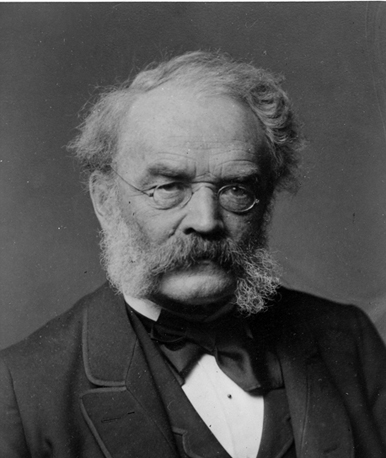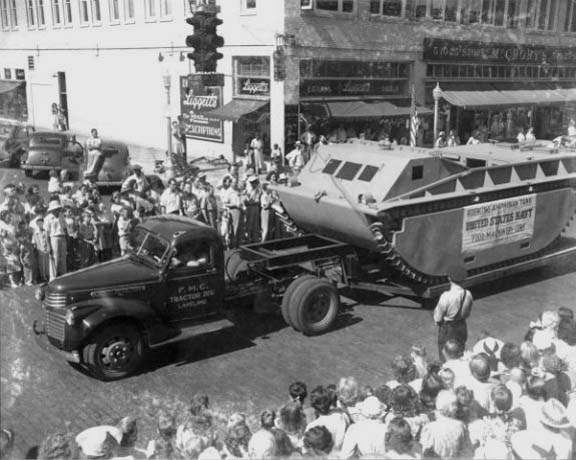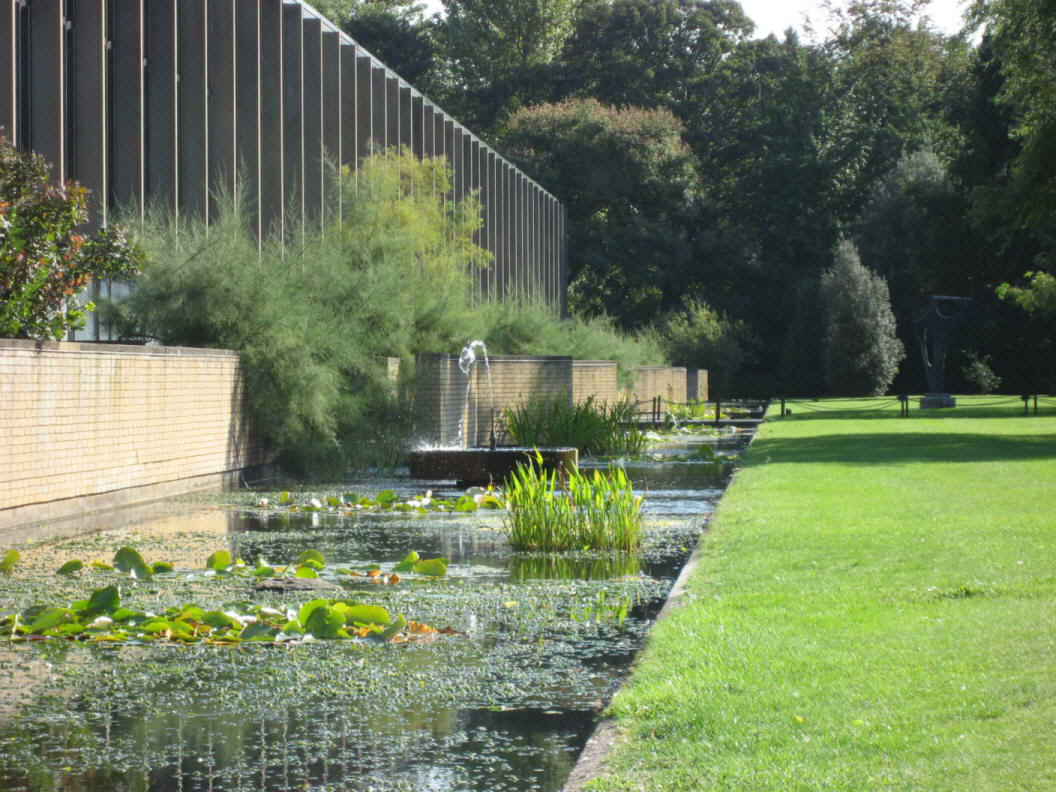|
DTU Science Park
DTU Science Park (previously Scion DTU) is a science park in Hørsholm north of Copenhagen, Denmark. The park is administratively part of the Technical University of Denmark (DTU) in Kongens Lyngby, and it also comprise premises at DTU's main campus there. DTU Science Park hosts more than 260 companies and organisations. DTU Science Park holds the largest and leading deep tech community in Denmark. Deep tech is characterized by a long time-to-market, high capital intensity and technology risk and complexity. History The science park was originally established by the Technological-Scientific Research Council of Denmark on 12 December 1962. The architectural masterplan for the development of the science park was designed by Arne Jacobsen. In 2004, Forskningscentret merged with DTU. Facilities and companies DTU Science Park comprises approximately 180,000 square metres of floorspace and house more than 260 companies. Tenants have access to various high tech facilities and laborato ... [...More Info...] [...Related Items...] OR: [Wikipedia] [Google] [Baidu] |
Hørsholm
Hørsholm () is an urban area on the Øresund coast approximately north of Copenhagen, Denmark. It covers most of Hørsholm Municipality and straddles the borders neighbouring Fredensborg Municipality and Rudersdal Municipality. Hørsholm proper is developed around Hirschholm Palace, which was constructed in the 1730s, but the town has later absorbed several of the nearby communities that are of much older origins. History Palace and market town Hørsholm was founded in connection with the construction of Hirschholm Palace. Niels Eigtved created a plan for a residence town in 1737 and to stimulate its growth, it was given status as market town in 1739. However, it never came to serve as a market town and was still only a small settlement when the palace was demolished between 1810 and 1816. Over the following decades it grew as a garrison town and a local centre for trade. Industrialization A textile factory, later known as the Royal Military Textile Factory, had already been ... [...More Info...] [...Related Items...] OR: [Wikipedia] [Google] [Baidu] |
Bavarian Nordic
Bavarian Nordic A/S is a fully integrated biotechnology company focused on the development, manufacturing and commercialization of vaccines. The company is headquartered in Hellerup, Denmark, with manufacturing facilities in Kvistgård, Denmark and near Bern, Switzerland. The company has research and development facilities in Martinsried, Germany, as well as offices in USA, Canada, and France. The company uses viral vectors and virus-like particles in its research and development. Technologies MVA-BN MVA-BN is a proprietary technology developed by Bavarian Nordic. It is derived from the Modified vaccinia Ankara virus. MVA-BN is characterized by the inability to replicate in human cells, contrary to other vaccinia-based vaccines, which may replicate in humans, thus potentially causing severe and life-threatening side effects. Developed as the non-replicating smallpox and mpox vaccine, MVA-BN is approved in Canada as Imvamune, in the European Union, as Imvanex, and the Un ... [...More Info...] [...Related Items...] OR: [Wikipedia] [Google] [Baidu] |
Buildings And Structures In Hørsholm Municipality
A building or edifice is an enclosed structure with a roof, walls and windows, usually standing permanently in one place, such as a house or factory. Buildings come in a variety of sizes, shapes, and functions, and have been adapted throughout history for numerous factors, from building materials available, to weather conditions, land prices, ground conditions, specific uses, prestige, and aesthetic reasons. To better understand the concept, see ''Nonbuilding structure'' for contrast. Buildings serve several societal needs – occupancy, primarily as shelter from weather, security, living space, privacy, to store belongings, and to comfortably live and work. A building as a shelter represents a physical separation of the human habitat (a place of comfort and safety) from the ''outside'' (a place that may be harsh and harmful at times). buildings have been objects or canvasses of much artistic expression. In recent years, interest in sustainable planning and building practi ... [...More Info...] [...Related Items...] OR: [Wikipedia] [Google] [Baidu] |
Business Incubators Of Denmark
Business is the practice of making one's living or making money by producing or buying and selling products (such as goods and services). It is also "any activity or enterprise entered into for profit." A business entity is not necessarily separate from the owner and the creditors can hold the owner liable for debts the business has acquired except for limited liability company. The taxation system for businesses is different from that of the corporates. A business structure does not allow for corporate tax rates. The proprietor is personally taxed on all income from the business. A distinction is made in law and public offices between the term business and a company (such as a corporation or cooperative). Colloquially, the terms are used interchangeably. Corporations are distinct from sole proprietors and partnerships. Corporations are separate and unique legal entities from their shareholders; as such they provide limited liability for their owners and members. Corporat ... [...More Info...] [...Related Items...] OR: [Wikipedia] [Google] [Baidu] |
Science Parks In Denmark
Science is a systematic discipline that builds and organises knowledge in the form of testable hypotheses and predictions about the universe. Modern science is typically divided into twoor threemajor branches: the natural sciences, which study the physical world, and the social sciences, which study individuals and societies. While referred to as the formal sciences, the study of logic, mathematics, and theoretical computer science are typically regarded as separate because they rely on deductive reasoning instead of the scientific method as their main methodology. Meanwhile, applied sciences are disciplines that use scientific knowledge for practical purposes, such as engineering and medicine. The history of science spans the majority of the historical record, with the earliest identifiable predecessors to modern science dating to the Bronze Age in Egypt and Mesopotamia (). Their contributions to mathematics, astronomy, and medicine entered and shaped the Greek natural philo ... [...More Info...] [...Related Items...] OR: [Wikipedia] [Google] [Baidu] |
Medicon Valley
Medicon Valley is a leading international life sciences, life-sciences cluster in Europe, spanning the Øresund Region of eastern Denmark and southern Sweden. It is one of Europe's strongest life science clusters, with many life science companies and research institutions located within a relatively small geographical area. The name has officially been in use since 1997. Major life science sectors of the Medicon Valley cluster includes pharmacology, biotechnology, Health technology, health tech and medical technology. It is specifically known for its research strengths in the areas of neurological disorders, inflammatory diseases, cancer and diabetes. Background and activities The population of Medicon Valley reaches close to 4 million inhabitants. In 2008, 60% of Scandinavian pharmaceutical companies were located in the region. The area includes 17 universities, 32 hospitals, and more than 400 life science companies. 20 are large pharmaceutical or medical technology firms and 1 ... [...More Info...] [...Related Items...] OR: [Wikipedia] [Google] [Baidu] |
Siemens
Siemens AG ( ) is a German multinational technology conglomerate. It is focused on industrial automation, building automation, rail transport and health technology. Siemens is the largest engineering company in Europe, and holds the position of global market leader in industrial automation and industrial software. The origins of the conglomerate can be traced back to 1847 to the ''Telegraphen Bau-Anstalt von Siemens & Halske'' established in Berlin by Werner von Siemens and Johann Georg Halske. In 1966, the present-day corporation emerged from the merger of three companies: Siemens & Halske, Siemens-Schuckert, and Siemens-Reiniger-Werke. Today headquartered in Munich and Berlin, Siemens and its subsidiaries employ approximately 320,000 people worldwide and reported a global revenue of around €78 billion in 2023. The company is a component of the DAX and Euro Stoxx 50 stock market indices. As of December 2023, Siemens is the second largest German company by market ca ... [...More Info...] [...Related Items...] OR: [Wikipedia] [Google] [Baidu] |
Danfoss
Danfoss is a Danish multinational company, based in Denmark, with more than 41,928 employees globally. Danfoss was founded in 1933 by engineer Mads Clausen. History Beginning (1933–1966) In 1933 Mads Clausen (1905–1966) founded ''Dansk Køleautomatik- og Apparatfabrik'', later in 1946 the company name was changed to ''Danfoss''. The first product was an expansion valve for refrigeration units, it was developed after studying imported valves from the US. In 1941, activities expanded to products for heating. The thermostatic radiator valve was invented by Mads Clausen in 1943, later patented, and in 1952 promoted as an energy saving device. In 1945 about 224 people were employed at the first factory built at and around the farm where he grew up. There was no more room for expansion and a new larger factory was planned. In 1962 the company started production of power electronics, the first product was custom-built rectifiers, later in 1968 production of the VLT F ... [...More Info...] [...Related Items...] OR: [Wikipedia] [Google] [Baidu] |
FMC Corporation
FMC Corporation is an American chemical manufacturing company headquartered in Philadelphia, Pennsylvania, which originated as an insecticide producer in 1883 and later diversified into other industries. In 1941 at the beginning of US involvement in WWII, the company received a contract to design and build amphibious tracked landing vehicles for the United States Department of War, and afterwards the company continued to diversify its products. FMC employs 7,000 people worldwide, and had gross revenues of US$4.7 billion in 2018. History The Bean Spray Pump Company Founded in 1883 as the Bean Spray Pump Company in Los Gatos, California, by chemist John Bean. The company's first product was a piston pump. Bean invented the pump to spray insecticide on the many fruit orchards in the area. A Bean sprayer was on display at the Forbes Mill museum in Los Gatos until its closure in 2014. Forbes Mill museum (see photo of Bean sprayer) Bean Avenue in downtown Los Gatos is named after J ... [...More Info...] [...Related Items...] OR: [Wikipedia] [Google] [Baidu] |
Lyngby
Kongens Lyngby (, Danish language, Danish for "the King's Heather Town"; short form Lyngby) is the seat and commercial centre of Lyngby-Taarbæk Municipality in the northern suburbs of Copenhagen, Denmark. Lyngby Hovedgade is a busy shopping street and the site of a branch of Magasin du Nord as well as Lyngby Storcenter. The district is also home to several major companies, including COWI A/S, Bang & Olufsen, ICEpower a/s and Microsoft. The Technical University of Denmark relocated to Lyngby from central Copenhagen in the 1970s. Lyngby station is located on the Nordbanen, Hillerød radial of Copenhagen's S-train network. History The name Kongens Lyngby is first recorded in 1348. At that time large parts of North Zealand belonged to the Catholic Church (represented by Roskilde Cathedral and the name Lyngby was associated with several places. Store Lyngby belonged to Arresø church. "Our" Lyngby, on the other hand, was crown land. It may therefore have been to distinguish it from t ... [...More Info...] [...Related Items...] OR: [Wikipedia] [Google] [Baidu] |
Arne Jacobsen
Arne Emil Jacobsen, Honorary Fellowship of the American Institute of Architects, Hon. FAIA (; 11 February 1902 – 24 March 1971) was a Danish architect and furniture designer. He is remembered for his contribution to functionalism (architecture), architectural functionalism and for the worldwide success he enjoyed with simple well-designed chairs. Biography Early life and education Arne Jacobsen was born on 11 February 1902 in Copenhagen. His father Johan was a wholesale trader in safety pins and snap fasteners. His mother Pouline was a bank teller whose hobby was floral motifs. He is of Jews, Jewish descent. He first hoped to become a painter, but was dissuaded by his mother, who encouraged him to opt instead for the more secure domain of architecture. After a spell as an apprentice mason, Jacobsen was admitted to the Architecture School at the Royal Danish Academy of Fine Arts where from 1924 to 1927 he studied under Kay Fisker and Kaj Gottlob, both leading architects and ... [...More Info...] [...Related Items...] OR: [Wikipedia] [Google] [Baidu] |








